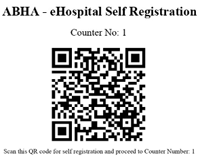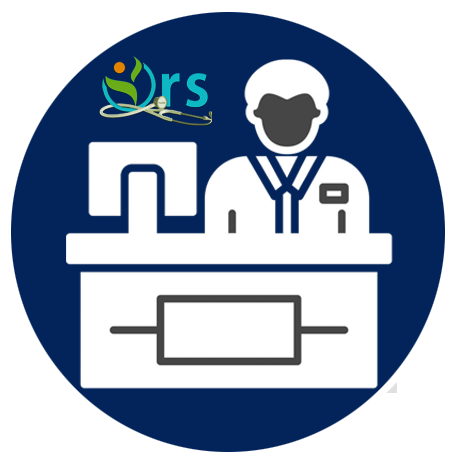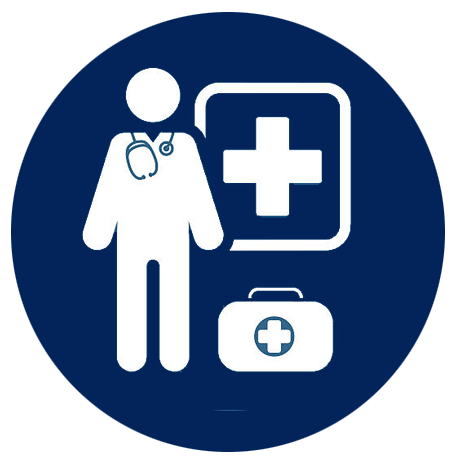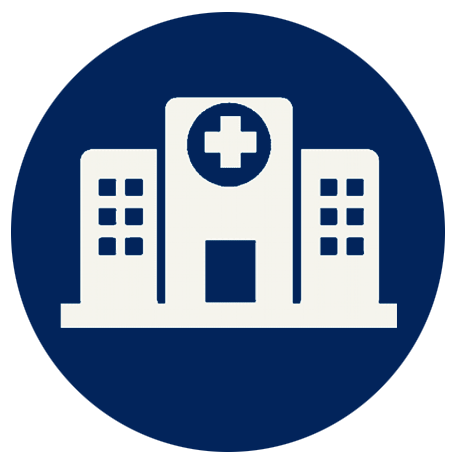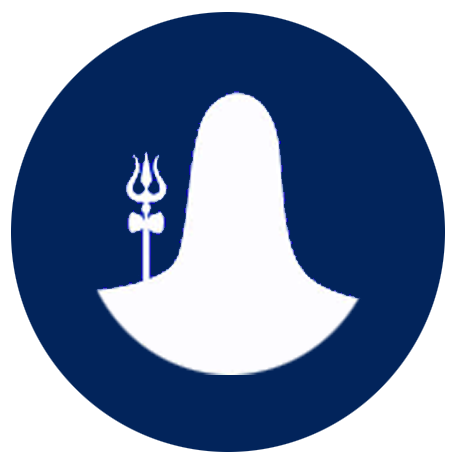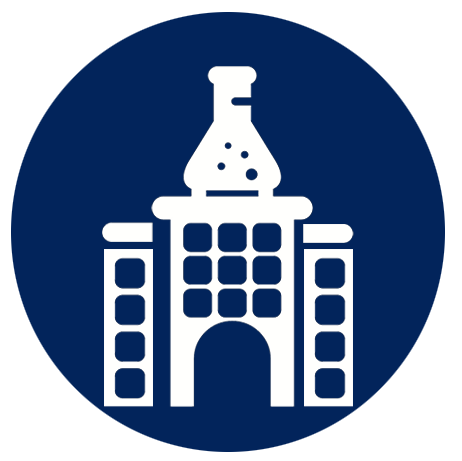The Department started in 1960 with Dr. N.L. Mitra as the head and is running since the inception of this medical college. Dr. Mitra worked hard to establish fine museum in the department. The museum is one of the finest in the country having dissected parts of body foetal anomalies, etc.
Activities
- Seminars and conference are held from time to time.
- Research work done by teachers and postgraduates are presented during national conferences held annually.
Future Plans
To setup Ultrasonography & Genetic Anatomy Centre
Education
- Undergraduate - Regular tests (Periodicals), completition examinations on dissectred parts;spotting tests in histology section and other examinations on topics concerned, are taken. All the rules as laid by the MCI are followed while appearing in professional examinations.
- Postgraduate - The department has six seats for PG course. All the above mentioned facilities which are made available to UGs are also made available to PG students. In addition, they also carry their research works. Separate cadavers are provided to them for dissection. Students are assessed through written and oral examinations. They are also given bone demonstration. and dissection classes to develop their teaching skills.
Facilities
- Dissection Hall - The department has a big dissection hall having an accommodation capacity of about 200 students. The gross structure of human body is taught through lectures, bone demonstration, cadaver dissection, prosecuted specimens, tutorials, radiographs, models and chart. In tutorial classes, a small student- teacher ratio of 30:1 os maintained which helps students to get proper attention and guidance individually. Strengthening and nurturing the roots of medical students has been the priority of the department. New PA system has been set up in the dissection hall for the benefit of students.
- Histology Lab - Histology is taught by lectures and practical. There is a demonstration room for illustrating the photomicrographs through projections. A practical lab which can accommodate above 50 students at a time, is located near the demonstration room. It is well equipped with individual microscope for each student. A set of slides and a book with well-illustrated, coloured photomicrographs are provided to each student.
- Museum - The department boastsa museum having soft parts , embryological models, bones and skeleton, foetal anomalies, sections of brain, clay modelsof body parts as well as those depicting stages of human development etc. A unique radiological museum, with more then100 labelled plates of CT, MRI, USG & X-RAY is present to provide the students with better understanding and clinical knowledge on the topics.
- Departmental Library - A rich departmental library comprising of more than 1500 books is present in the department, thus, greatly helping students (Undergraduate & Postgraduate) as well as teachers.
- Others - Radiological plates and whole body section cutting machines are also available. A separate embalming section is also in function.













